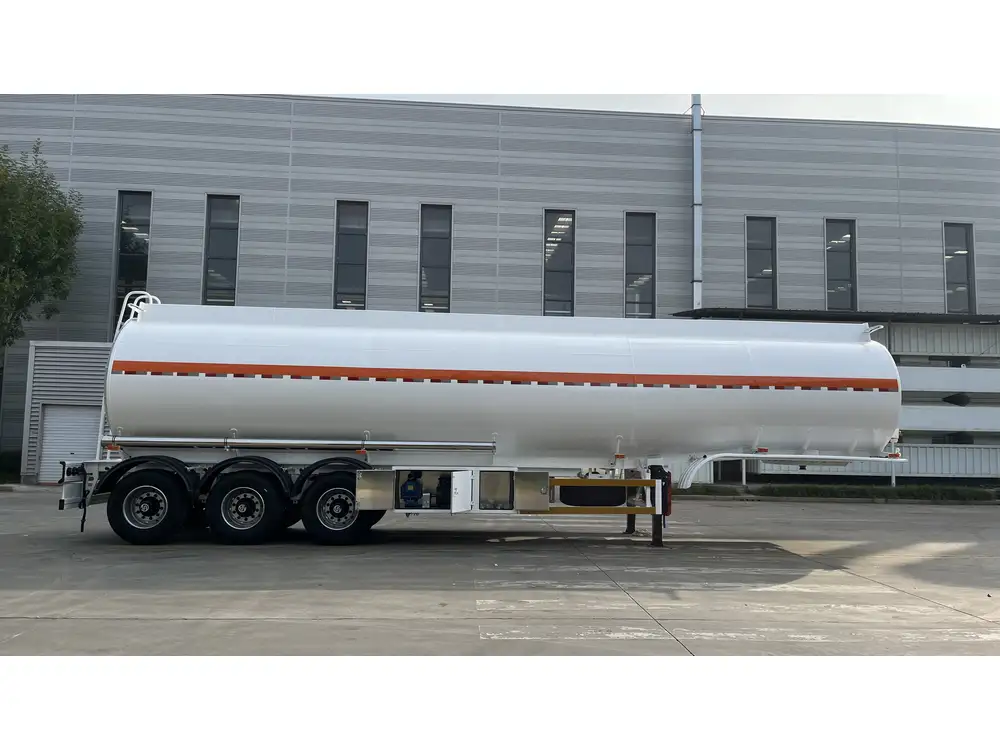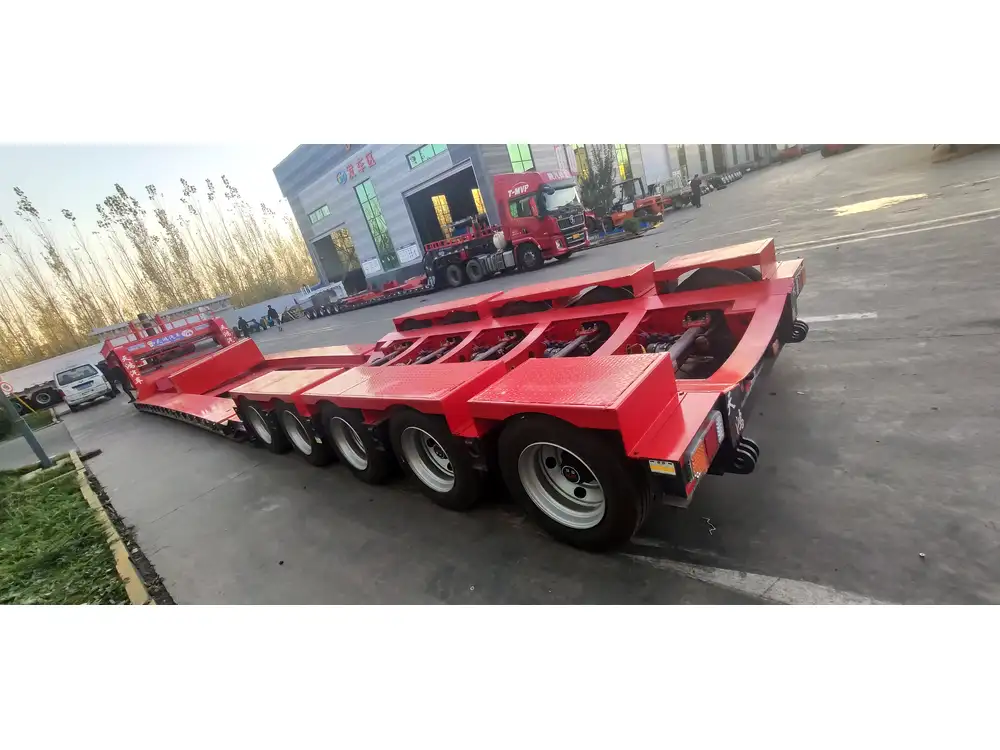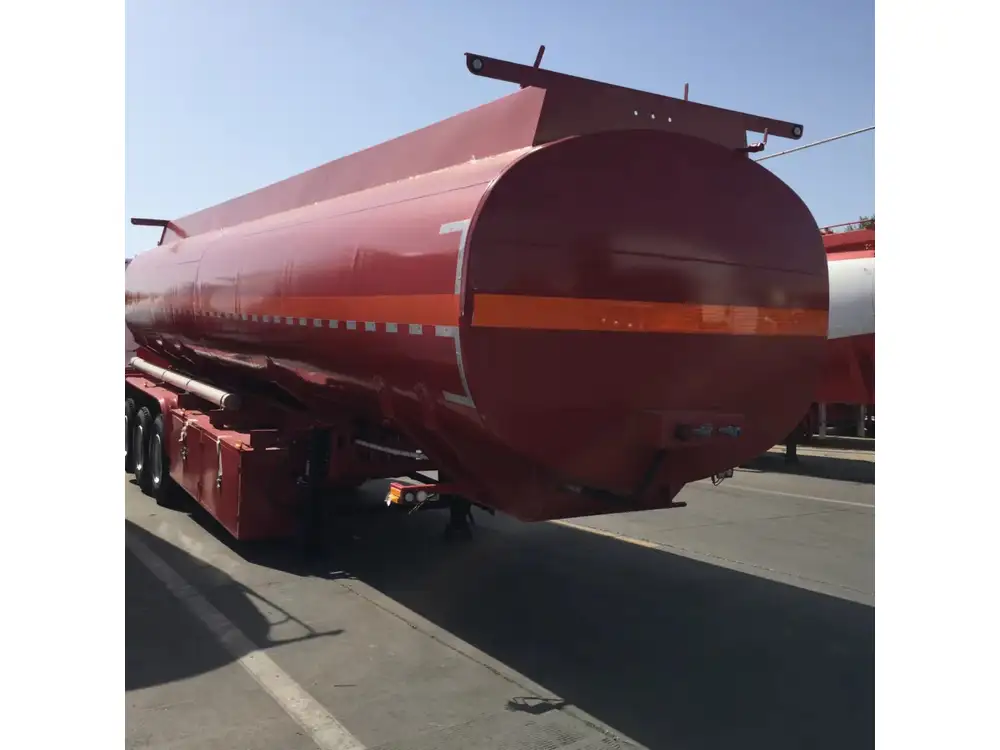Transporting livestock is a crucial aspect of the agricultural industry, and piglets are among the most frequently transported animals. Understanding the optimal transport capacity is vital for farmers, transporters, and anyone involved in the livestock supply chain. So, how many piglets fit in a semi-trailer? Let’s explore this question in detail, considering various factors that influence capacity.
Understanding Semi-Trailer Specifications
Semi-Trailer Dimensions
Semi-trailers come in various sizes, typically ranging from 28 to 53 feet in length. The width is usually around 8.5 feet, while the height can vary from 13.5 to 14 feet. To determine how many piglets can fit, we need to consider the following dimensions:
- Length: 53 feet (most common for livestock transport)
- Width: 8.5 feet
- Height: 14 feet
- Decking options: Single or double deck

Volume Calculations
To calculate the volume of the semi-trailer, we can use the formula for volume:
[ Volume = Length \times Width \times Height ]By substituting the average dimensions of a semi-trailer:
[ Volume = 53 \, \text{ft} \times 8.5 \, \text{ft} \times 14 \, \text{ft} = 6,318.5 \, \text{cubic feet} ]Usable Space Considerations
While the total volume provides a theoretical maximum, practical use of space must account for several factors:
- Airflow Needs: Proper ventilation is essential for animal welfare, limiting the number of piglets that can be safely transported.
- Weight Limits: The gross vehicle weight limit (GVWR) must be adhered to, generally capped at 80,000 pounds for a fully loaded semi. With piglet weights averaging 10-15 pounds each, this can limit the actual number transported.
- Comfort and Welfare: Regulations often dictate space requirements to ensure the comfort of the animals, which further affects how many can be safely loaded.
Average Piglet Size and Space Requirements

Size and Weight of Piglets
Typically, piglets weigh between 10 to 15 pounds at transportation age (around 6-8 weeks old). The approximate dimensions of a piglet are:
- Length: About 2 feet
- Width: Approximately 1 foot
- Height: Roughly 1 foot
This size may vary, but for transporting purposes, we can use estimated average measurements.
Space Allocation Per Piglet
To ensure comfort and space for each piglet, the recommended allocation is as follows:
- Length: 2 feet
- Width: 1 foot
- Height: 1 foot
This means each piglet requires approximately 2 cubic feet for comfortable transport. Based on this space requirement, the calculation for the number of piglets that can fit in a 53-foot trailer would be:
[ \text{Cubic feet available for piglets} = 6,318.5 \, \text{cubic feet} ]Assuming approximately 50% of the trailer’s volume is usable for piglets due to airflow and regulations, we have about 3,159.25 cubic feet available.
Calculating the maximum number of piglets:
[ \text{Number of Piglets} = \frac{\text{Usable Volume}}{\text{Volume per Piglet}} = \frac{3,159.25 \, \text{cubic feet}}{2 \, \text{cubic feet}} \approx 1,579 ]However, real-world capacities usually see a reduction due to other factors discussed.
Real-World Capacity for Piglets in Semi-Trailers

Regulatory Guidelines
The USDA and other regulatory bodies provide guidelines regarding livestock transportation. These include but are not limited to:
- Minimum space requirements for comfort.
- Partitioning to separate piglets based on size.
- Ensuring adequate ventilation.
Comfort and Weight Consideration
Using both the comfort metrics and the weight limitations, a more practical capacity estimation can be structured:
- For a comfortable fit, we often estimate around 200 to 300 piglets per load, depending on specific sizes and weight distributions.
- 200 Piglets: In scenarios where piglets are on the larger side or when space for ventilation must be maximized.
- 300 Piglets: If the piglets are smaller on average and regulations allow denser loading.
Variability by Transport Conditions
Factors affecting this number include:
- Generation of Heat: More piglets generate more body heat, which can lead to overheating, requiring fewer to be loaded.
- Duration of Transport: Longer trips necessitate more space per piglet for comfort.

Factors Affecting Load Capacity
To further dissect the factors influencing how many piglets fit in a semi-trailer:
| Factor | Description |
|---|---|
| Size of Piglets | Average size impacts the total load. |
| Trailer Configuration | Single vs. double decking affects headroom and floor space. |
| Weight Distribution | Ensuring even weight distribution affects the load capacity. |
| Ventilation System | Adequate airflow is essential for livestock welfare. |
| Transport Duration | Longer travel times increase the need for space due to animal comfort. |
Considering Transportation Methods
The method of transport can influence capacity. For instance, livestock trailers might be outfitted with specialized features such as:
- Adjustable partitions for different sizes.
- Slatted floors for easy cleaning and drainage.
- Ramp designs facilitating loading and unloading.
Best Practices for Transporting Piglets

Preparing for the Journey
- Pre-Transport Assessment: Evaluate the health and condition of the piglets.
- Sanitation: Ensure the trailer is clean to minimize disease transmission.
- Ventilation Checks: Confirm that airflow systems are functioning correctly.
During Transport
- Regular Monitoring: Check the conditions of the piglets during transport, looking for any signs of distress or discomfort.
- Temperature Management: Use temperature control systems to manage heat within the trailer.
Post-Transport Handling
Upon arrival, it is critical to follow procedures that minimize stress:
- Gradual Unloading: Avoid sudden movements to help the piglets acclimate.
- Observation: Monitor the piglets for any health issues that may have arisen during transport.

Conclusion
In conclusion, determining how many piglets fit in a semi-trailer is a multifaceted inquiry influenced by trailer specifications, piglet sizes, regulations, and best practices in transportation. While theoretical calculations might suggest a maximum capacity of over 1,500 piglets, practical considerations often reduce this number significantly to ensure animal welfare, comfort, and compliance with regulatory guidelines.
Transporters and farmers must stay informed about the latest regulations and best practices to maximize efficiency while ensuring the health and safety of their livestock. By being diligent in understanding these factors, the transportation of piglets can not only be efficient but also humane and responsible.



